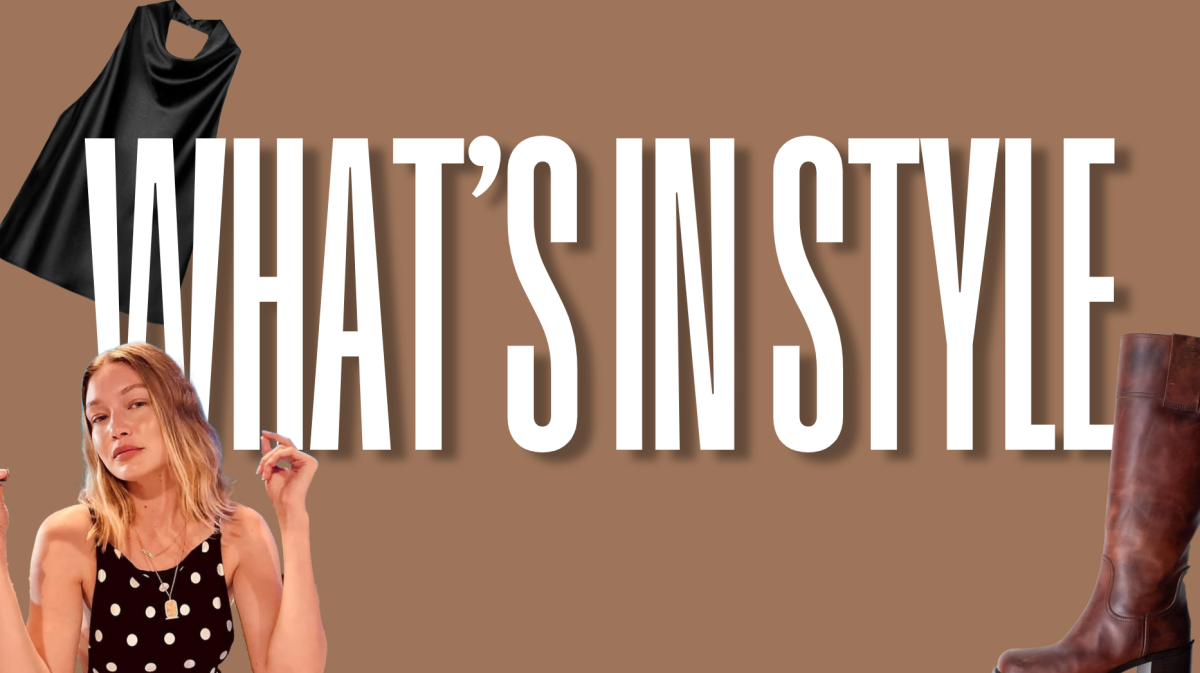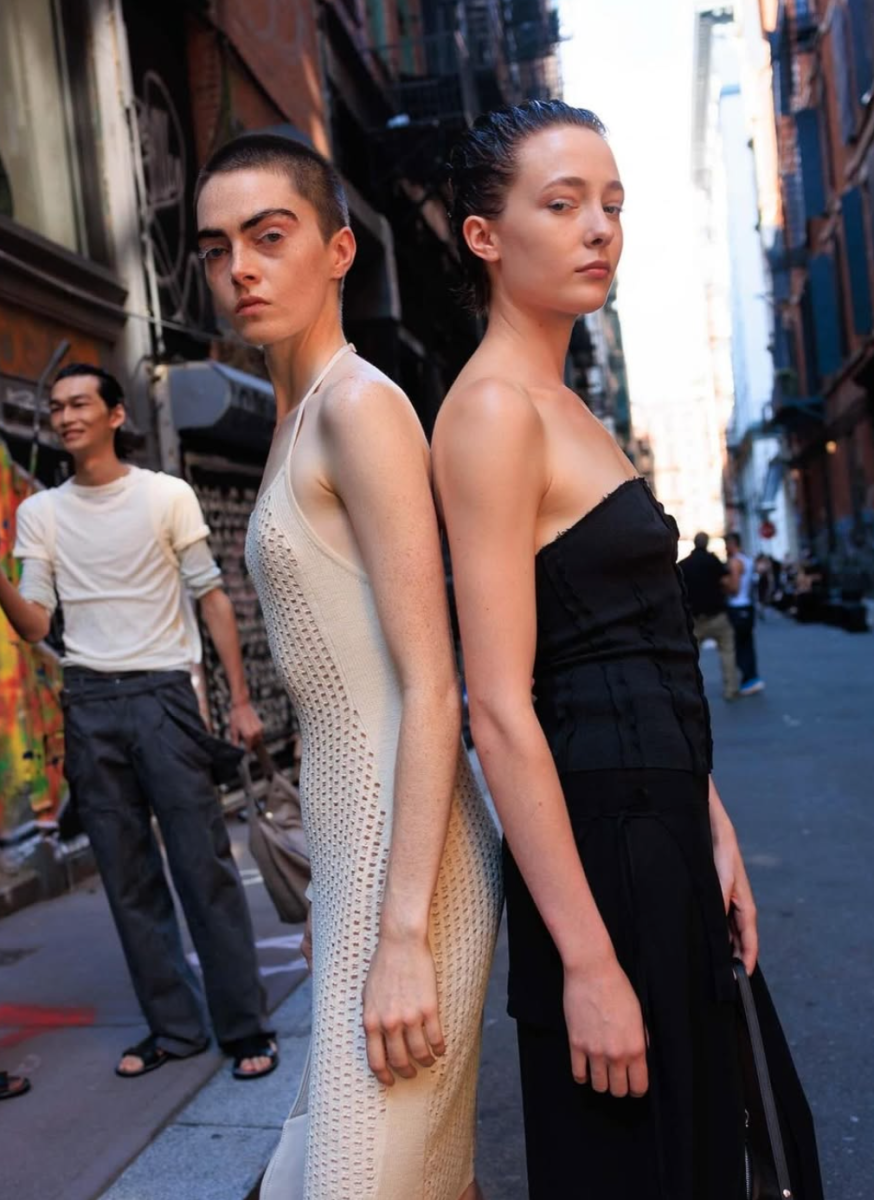By Megan Bronner

Societal expectations often emphasize the difference between genders, suggesting that people should portray their genders via certain professions, mannerisms and clothing. However, in recent years, popular trends have been shifting to highlight more gender-neutral clothing.
It is becoming more acceptable to wear whatever you want, as fashion is considered one of the best and most effective ways of self-expression. Celebrity style often serves as a guide for many people, so what they wear is always getting public attention.
Recently, celebrities such as Jaden Smith and Kanye West have been stepping out in more stereotypically “feminine” clothing. West gained a great deal of attention for wearing a leather skirt during his concert. Smith and West were most likely influenced by recent men’s high-fashion trends that represent a masculine take on more feminine clothing styles, such as dresses and cutout or see-through tops. If prominent celebrities who influence the public’s fashion wear these non gender-defining trends, could they become more popular and mainstream?
That could be the case, considering Jaden Smith has been seen wearing dresses multiple times, most recently at the Coachella music festival. These sightings have sparked controversy in the media, which has been regularly reporting on the young actor’s new style. Many articles are reporting on these outfit choices, saying that he has become a spokesperson for gender variance.
He stated he believes that he is not wearing “girl clothes,” but just clothes. He even introduced gender-neutral clothing into his clothing line in 2013. People have applauded the young celebrity for not adhering to society’s expectations. The high quantity of reporting on the subject of Smith wearing dresses has led people to think about how others define people based on what they wear, when they should not.
Similarly to Jaden Smith wearing typically feminine fashions, women have been consistently wearing more masculine clothing. This year at Milan Fashion week, designer Alessandro Michele debuted his womenswear collection for Gucci.
This anticipated show had both male and female models walking on the same runway in the same type of clothes, prompting the question of whether or not retail and the average consumer are ready for genderless clothes. As of right now, there probably will not be a drastic change in large retailers and department stores from gendered clothing to genderless clothing.
There appears to be a double standard in terms of what men and women can wear. For instance, women wear pants everyday, but growing up some girls are considered “tomboys” because they wear typical boy clothing. More mainstream popular fashion trends within women’s clothing are sporty or athletic and masculine clothing, such as pantsuits and boyfriend jeans. However, the media does not as publically criticize women who wear these trends.
Does this mean that typical men’s fashions can more easily transcend genders, rather than a man wearing a dress, which could be considered more noticeable and different?
In the high-fashion world and in the era of popular pop-up boutiques, change is evident; people are buying into menswear regardless of their gender. According to a recent report by Trendwatching.com, “People of all ages in all markets are constructing their own identities more freely than ever. As a result, consumption patterns are no longer defined by ‘traditional’ demographic segments such as age, gender, location, income, family status and more.” Therefore, the celebrity trend of wearing gender-neutral clothing, or wearing non-traditional clothing, will become more acceptable and popular in society, as people continue to believe that they can wear what they please.
Overall, it seems apparent that gender roles within fashion and gender roles in general are becoming less important as people embrace who they are without regards to their gender.
Continued celebrity support for change in the mainstream fashion world of genderless clothing is an important factor that will help lead to a change in societal rules, by relieving the pressure that people have to dress according to their assigned genders.
Although it now may seem abnormal to see a man wearing feminine clothing or men and women sharing the same clothing, this trend could become more mainstream in the coming years as fashion and society continues to evolve.
















































































































































































































